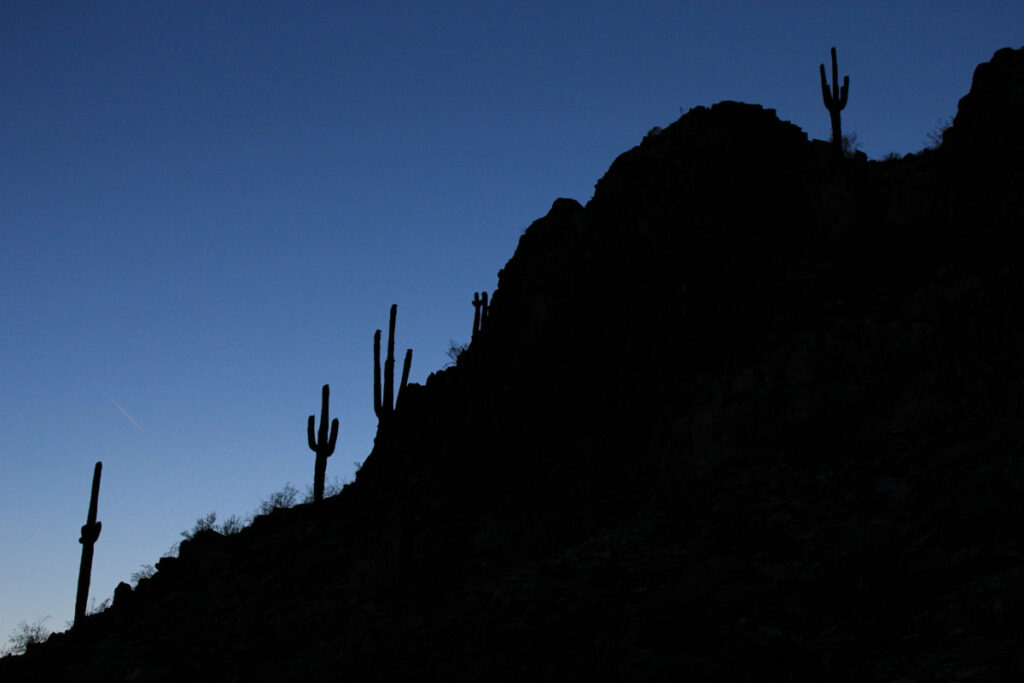PHOENIX, Ariz. — Ah, Phoenix. At first glance, it might be asy to dismiss Phoenix as little more than a hotbox stuck in the middle of the desert.
But, forget, for a moment, all those desert stereotypes. Phoenix will break them all.
The beauty of Phoenix lies in its location. That proverbial oasis in the middle of the desert.
A century-and-a-half ago, settlers put down roots in an arid area that is today known as “The Valley of the Sun.” In that time, Phoenix has grown from small farming community to major metropolitan city.
Located in the Sonoran Desert, Phoenix, is the county seat of Maricopa County and the largest capital city in the United States. In fact, it is the only state capital with more than a million residents (coupled with its many suburbs, the area is home to more than 4 million residents).
So, yes it’s hot. But, Phoenix is so much more than tumbleweeds and cacti. The desert is alive; it’s filled with culture, one-of-a-kind experience and great food and wine. Phoenix truly has it all.
For starters, take in these five attractions for a new outlook on life in the desert — and perhaps even a little culture.
Musical Instrument Museum
Music, it has been argued, is the fabric of a culture. But, that sentiment takes on a whole new meaning at the Musical Instrument Museum (MIM).
This 200,000-square-foot, $250 million museum museum opened in April 2010. Its collection is astounding, bringing together more than 15,000 instruments from 200-plus countries under one roof.
But, these are not just static displays. To bring the instruments to life, the museum uses a combination of wireless technology and high-resolution videos. When a museum guest approaches a video screen, they can listen to and watch the instruments in action, played by true artisans who can bring them to life.
Desert Botanical Garden
Walking through the Desert Botanical Garden, two things are quickly apparent: The desert sun can be brutal, and the desert landscape is about more than cacti — it’s a beautiful collection of flowers.
This 140-acre garden was established in 1939 and is home to more than 21,000 flowers. Plants are on display along five thematic trails that cover a range of topics, including conservation, desert living and people of the Sonoran Desert.
Heard Museum
The story of Arizona would be far from complete without the Native American perspective. While it is at times a difficult story to tell — and a difficult story to hear — the Heard Museum does a magnificent job brining the Native American Experience to life.
Dwight B. and Maie Bartlett Heard founded the museum in 1929 to house their personal art collection. Today, the 130,000-square-foot museum features more than 40,000 items in its collection, including the Barry Goldwater collection of Hopi kachina dolls.
Taliesin West
By the 1930s, when Frank Lloyd Wright and the Taliesin Fellowship began trekking west for the winter, Wright was an established architect.
Of Arizona, Wright once said, “Arizona needs its own architecture… Arizona’s long, low, sweeping lines, uptilting planes. Surface patterned after such abstraction in line and color as find ‘realism’ in the patterns of the rattlesnake, the Gila monster, the chameleon, and the saguaro, cholla or staghorn — or is it the other way around — are inspiration enough.”
State Capitol Museum
The Wesley Bolin Memorial Plaza on the Phoenix state capitol grounds are filled with an impressive collection of monuments, including one to the Navajo Code Talkers of World War II.
Inside the Arizona State Capitol building, which was built in 1901 and predates Arizona’s 1912 entry into the Union as a state, the story of The Grand Canyon State comes to life.
Eat Here
Phoenix is certainly home to plenty of great restaurants.
For starters, hit Beckett’s Table. The restaurant’s menu features Southwestern-inspired dishes, but perhaps even more importantly, it offers a great wine list featuring Arizona wines. Candidly, Arizona wines are some of the best under-the-radar wines on the market today.
Be sure to also try the Fry Bread House. Opened in 1992 by a Tohono O’ogham woman, the restaurant has been honored by the James Beard Foundation with the “America’s Classics” designation. Fry bread, a deep fried dough, is topped with savory toppings, such as red chile stew. Fret not; there is also a dessert fry bread topped with chocolate.
